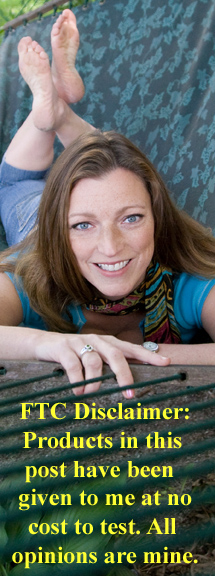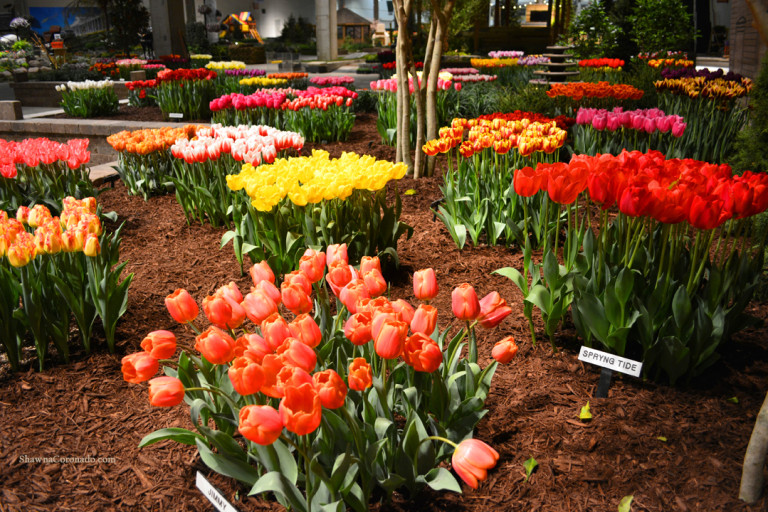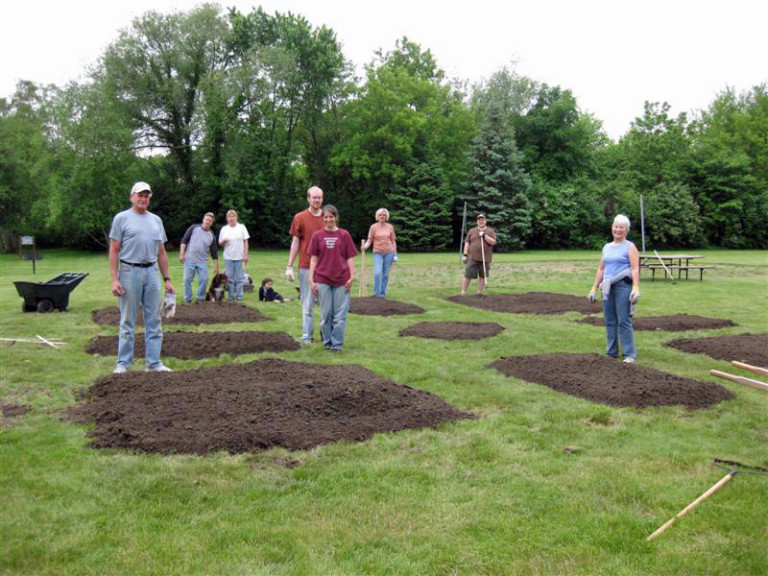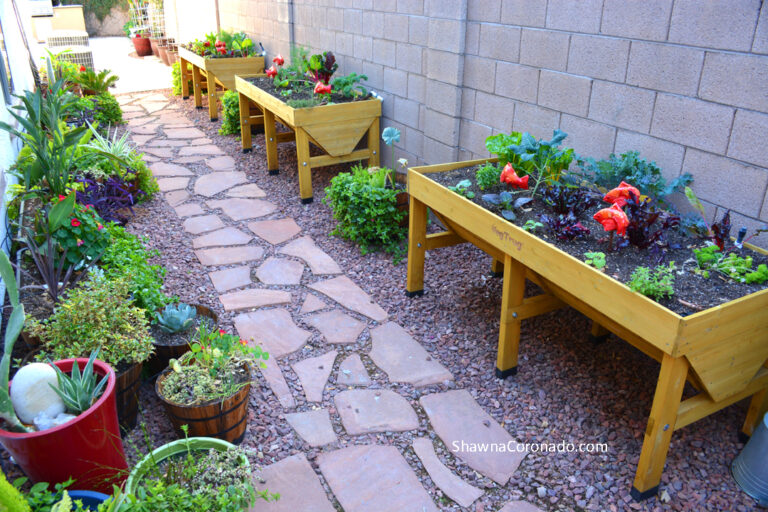Watermelon Fields and Sunscreen
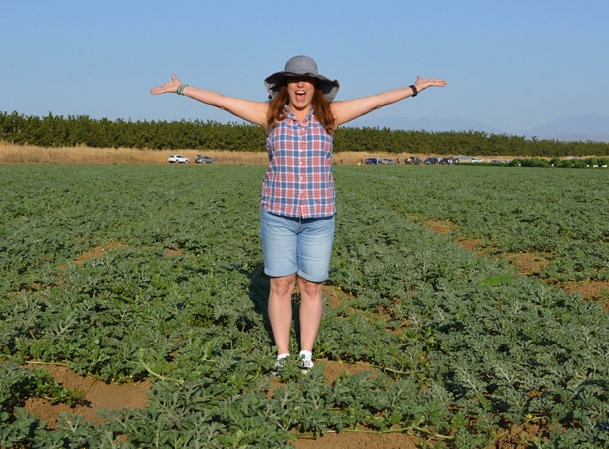
Deep in the heart of North Central Valley in California (north of Los Angeles and south of Sacramento) is a stretch of farm country where nearly 32% of all watermelons are produced in the United States – that is around 1.363 billion watermelons. This summer I went on an adventure with an amazing group of garden geeks with the National Garden Bureau to visit seed companies and see the California Vegetable Trials. We went directly to the fields and learned all about how seeds are produced and simultaneously ate ALL the watermelon. Below you can meet the awesome garden nerds I traveled with on the trip (from left to right photographed by CaliCameraGuy); Farmer Tyler Baras, Gary Pilarchik, Sara Gasbarra, CaliKim, Diane Blazek, and me.
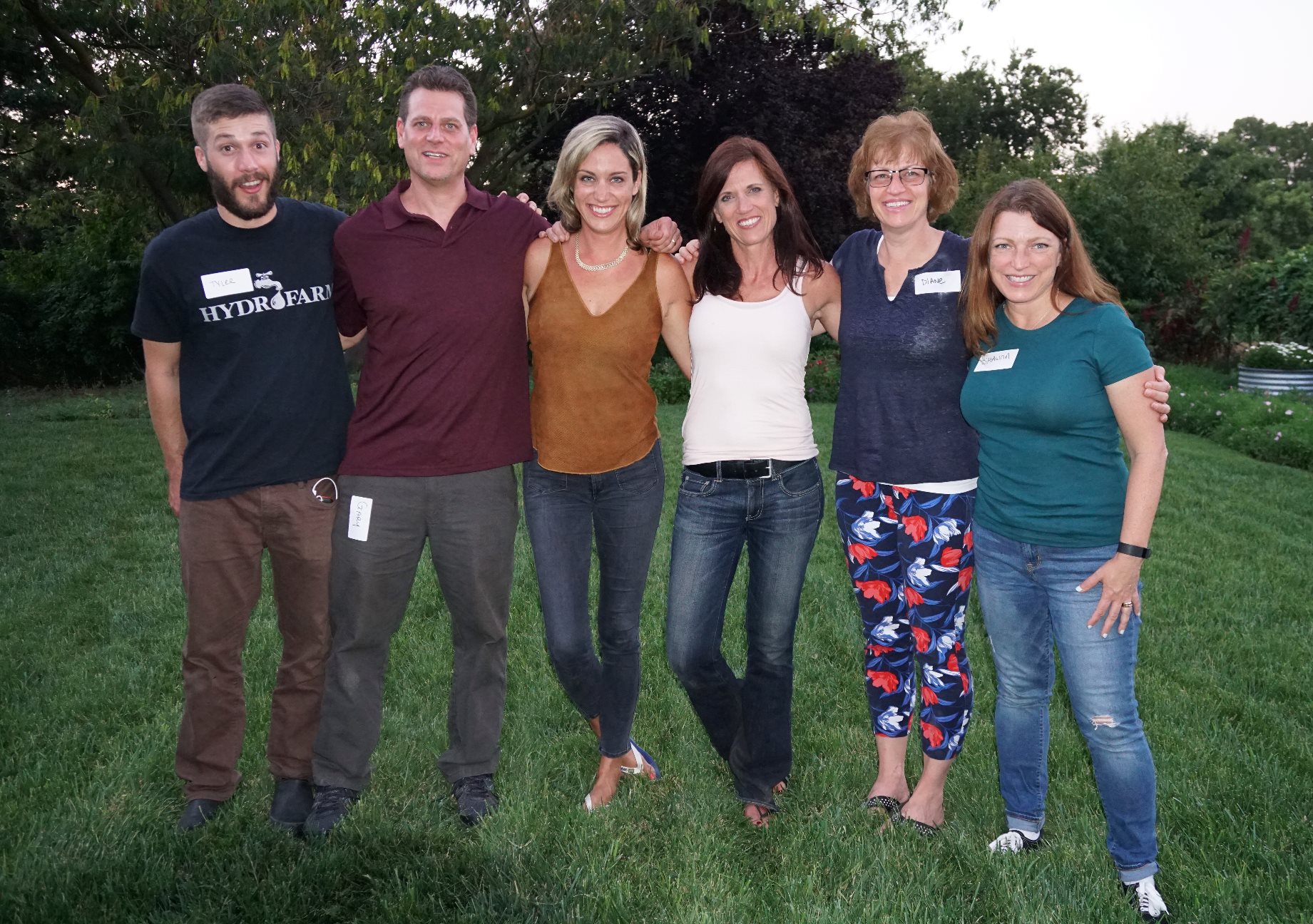
One of our stops was the Seeds By Design, Inc. watermelon production fields where we watched the workers take care of the watermelon vines (see below). Each worker had a very skilled role that they played in helping the pollination process of seedless watermelons. First, they plucked all the male flowers and certain female flowers from the vines. Then they will return a second day to pollinate each and every plant with the remaining buds, while simultaneously cleaning the rows and checking for bugs and other health concerns. Since the female flowers only flower for one day, timing is absolutely critical. The workers were amazing and confident, having done this process for many years. It’s a hot job and one of the things I was struck with is how very little the world knows about how much work it really takes to produce our fruits and vegetables. Every watermelon bite I take in the future will be more thoughtful for me as I now understand that growing our produce is not just about planting a seed and harvesting — there are a lot of steps in between and these workers are making a difference for our food system.
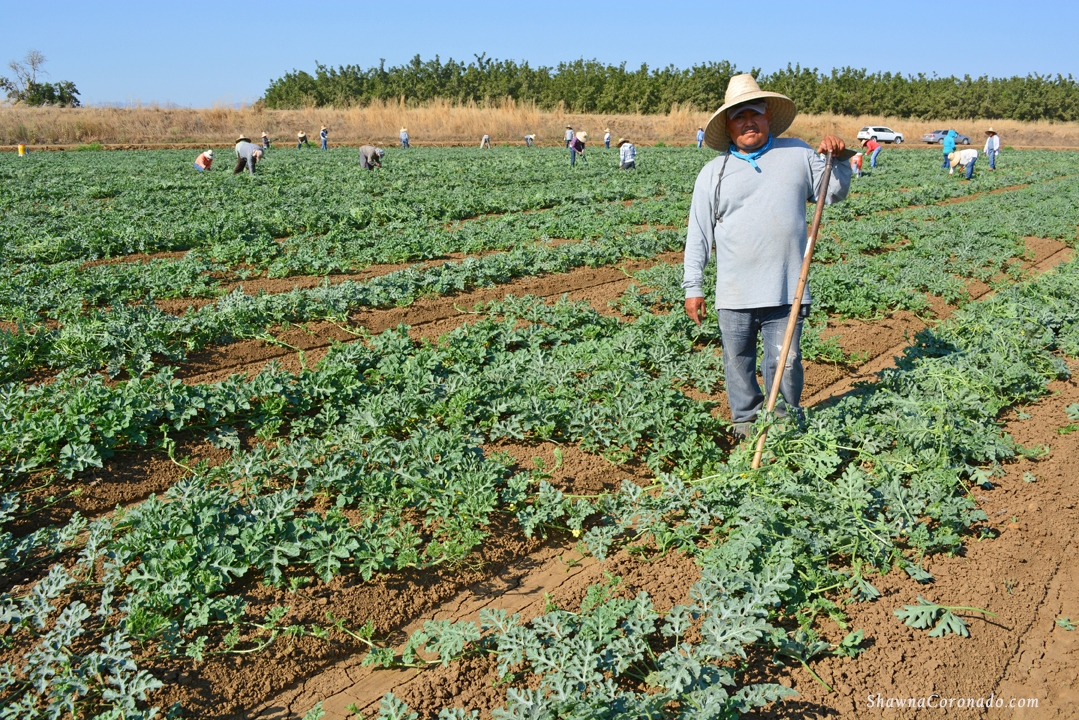
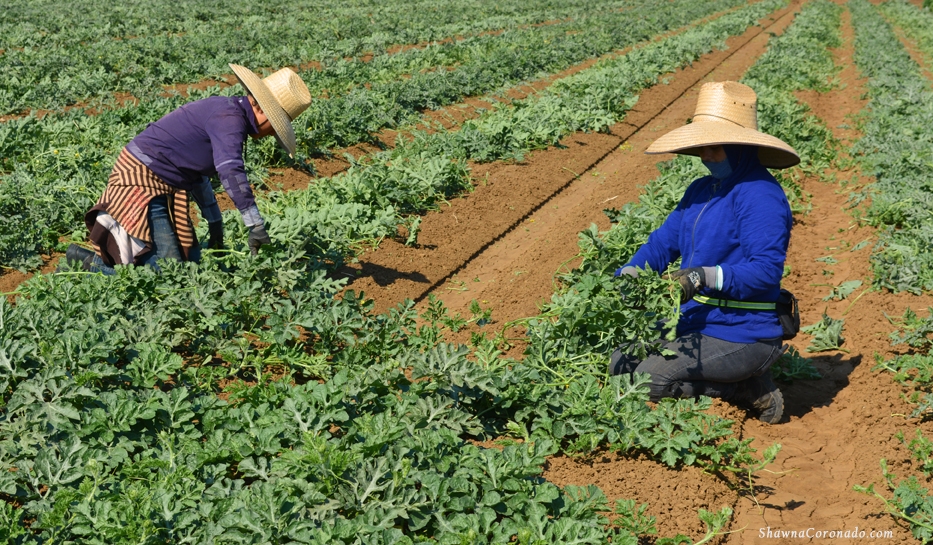
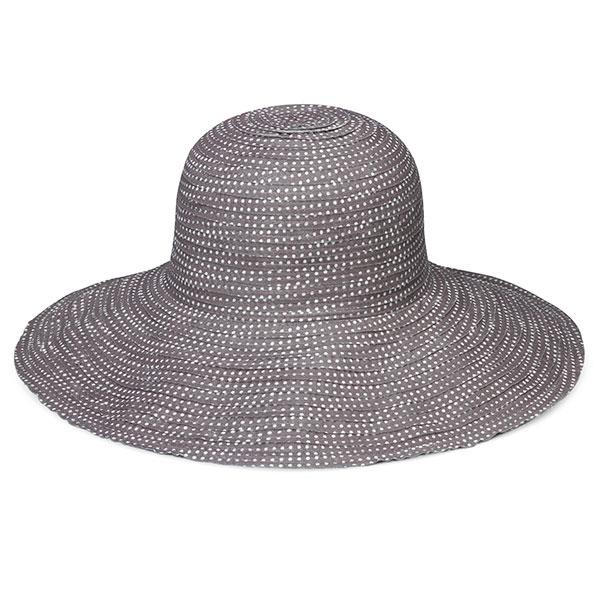
All of the staff wore long pants, long shirts, and hats for a very specific reason – sun protection. Almost 75% of skin cancer deaths are from melanoma and it is the most common cancer in the United States. Skin cancer rates have doubled in the United States since 1982, so protecting your skin has become more important than ever as estimates say that 1 in 5 Americans will get melanoma in their lifetime. Following the advice of workers who spend their days working in the hot sun, keeping covered well is much better sun protection than working with sunscreen spray or lotion.
Without a doubt, we were sweltering standing out in the 98 degrees, full sun, heat of the fields. These farmers know what works and I followed their example; I wore a special “Scrunchie” hat from Wallaroo Hats that I could pack flat in my luggage and wash if necessary (see top photo and right). When the sun was directly overhead, the hat provides full sun coverage on my face. Early morning when the sun was directly in front of me (see top photo) you see the top half of my face is still shaded. I was impressed with the fact that Wallaroo Hat’s special UPF 50+ hats block 97.5% of the sun’s ultraviolet rays.
Remember what the workers taught me about wellness and health in the California watermelon fields – that covering up and preventing the sun’s rays from touching your skin is the best way to stay safe from the sun’s dangers. Use lotions or sprays with strong SPF protection, wear clothes that block the light, and of course, wear a hat!
